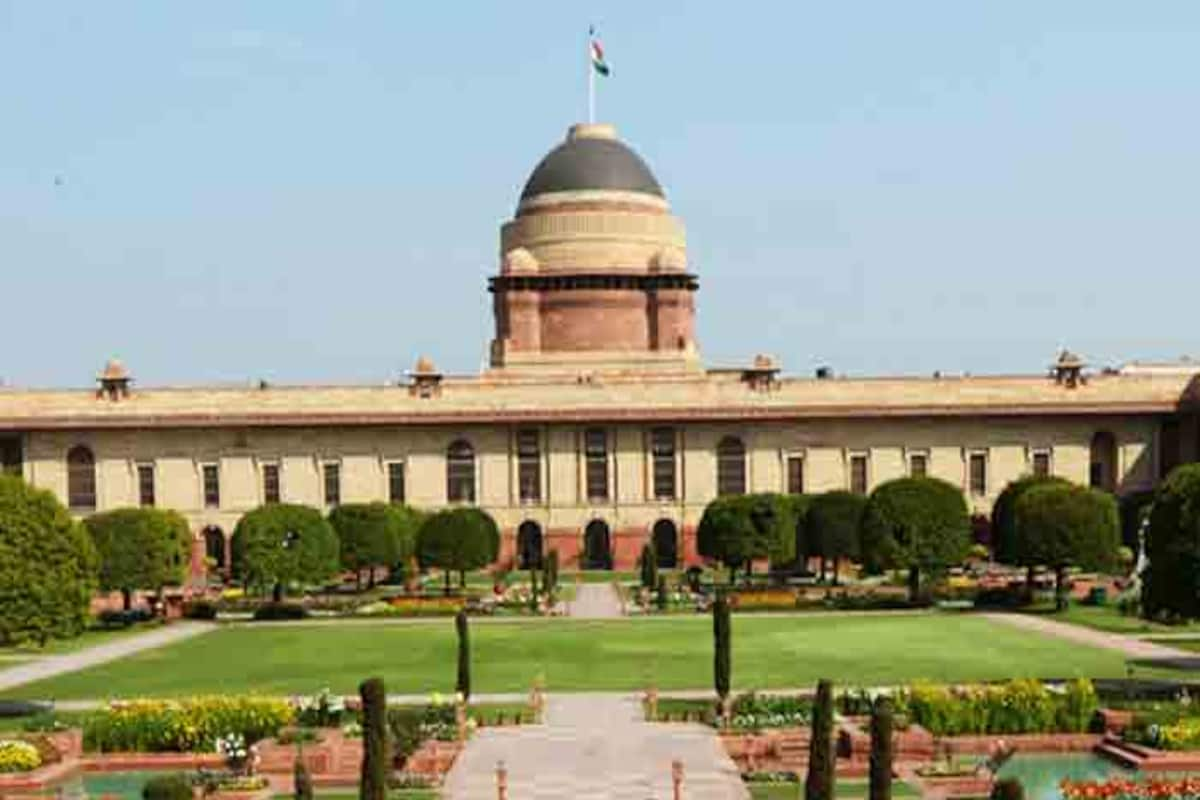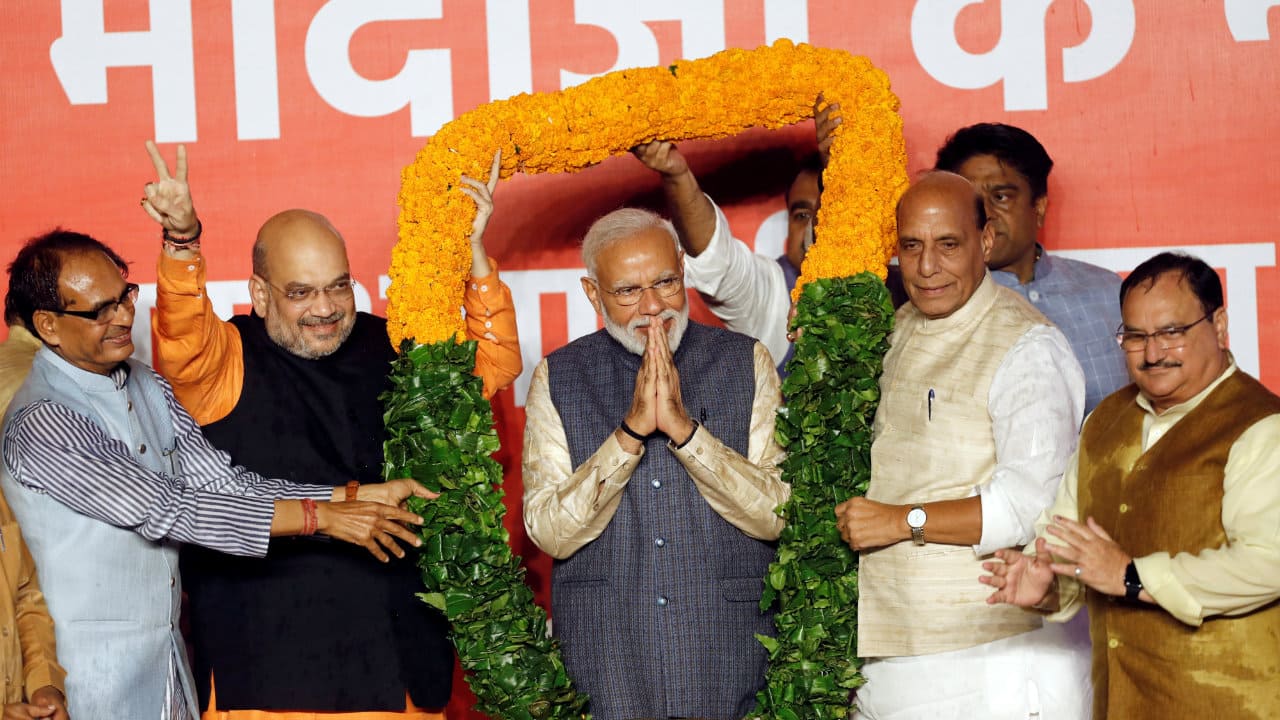After several developments across various places in India including the development and radical altering of Varanasi temple, creating Statue of Unity and many more, it turns for a new Central Delhi. BJP is planning to reshape Delhi’s central vicinity. The rebuilding will include the Parliament and Secretariat buildings.
According to Hardeep Singh Puri, Minister of Urban Affairs, this project was a dream project of Prime Minister Narendra Modi.
Altering a place soaked up in political symbolism and rituals is like overlooking the heritage value. This indicates the insatiable desires of BJP to inscribe a new political order. The reasons given are political, but the intentions in bidding documents and creating a new iconic legacy for at least 150-200 years are visible. But in this economic crisis, it is wise to spend money on these unwanted developments?

A few weeks ago, it also invited consultants to participate in a contest on how to rebuild Central Delhi which will work as a blueprint for other areas in LBZ. BJP wants to celebrate 75 years of independence in 2022. Either the existing one will be renovated, or a new one will be constructed adjacent or a top of the existing one. A centralized building will be built after the existing ones are vacated.
According to a famous British cultural commentator, these projects often turn “into fantasy, even a sickness”. This project appears no less than that. It is an attempt to self-serving political symbols.
The Remake of Central Delhi
Geographical reasons along with the city’s unparalleled historical connections, British found Delhi to be the best fit for new capital. King George V announced in Delhi durbar in 1911 that the government would build a new imperial city in Delhi and shift the capital from Calcutta.
The offices and buildings around Central Delhi show the class and style of occupants. Two secretariat buildings in front of the palace were like a frame to central Delhi. India Gate and a canopy of King George’s statue after his demise made it more prominent. The formal path led to Viceroy’s House located on top of Raisina Hill. Viceroy Lord Harding, pleased with the arrangement, remarked that people would now know they were approaching the “house of Lord Sahib”.

Many leaders like Jawahar Lal Nehru and Mahatma Gandhi disliked the project, considering it as a useless extravagance. And ironical part was these leaders themselves occupied these bungalows, palaces and council houses after independence. The president took the viceroy’s residence. These political leaders changed the name of streets and buildings and removed the colonial statues. King’s way became Rajpath, Viceroy’s house as Rashtrapati Bhawan and Council house became parliament. With time, these bungalows occupied by political leaders became sacred memorials.
Sometimes attempts were made to build a National mall, sometimes boulevards, monumental spaces and much more was done to reshape Central Delhi all having hidden desires to fulfil the commercial terms. The problem is not in the making, but the question is, what purpose does it serve?

